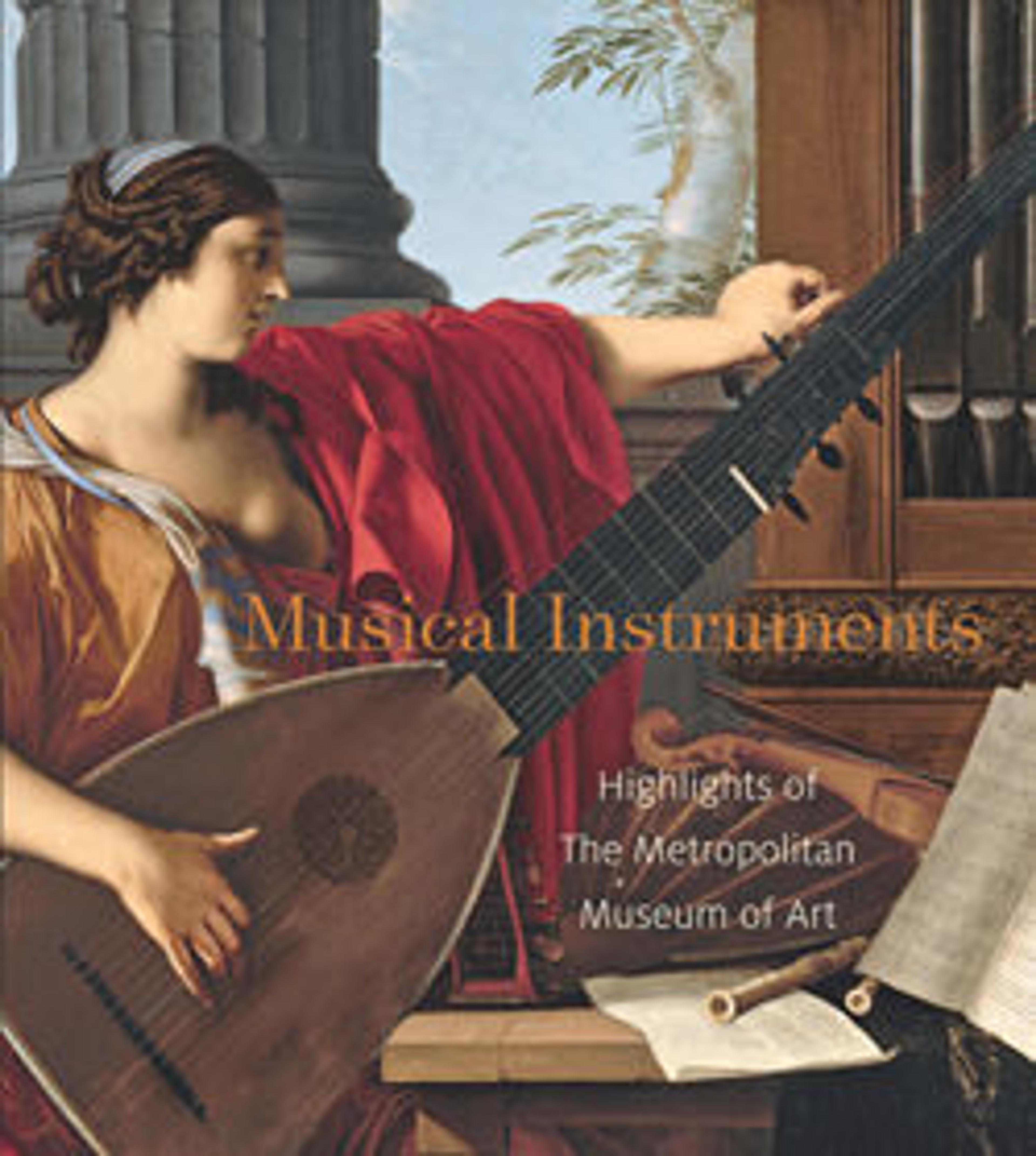Symphonium
Invented in 1829 by the physicist Charles Wheatstone, the famous discoverer of the electric "Wheatstone bridge," the symphonium features two characteristics that he later used in his concertina: the same notes at pressure and suction, and alternative distribution of the diatonic tones to the right and left hand (C is for the right hand, D for the left, E for the right hand, etc.). The chromatic tones are the buttons of the outer row. The two groups of twelve buttons on each side produce a chromatic range from c1 to d3 (lacking d#1). The form of the instrument recalls a sheng without pipes.
Artwork Details
- Title: Symphonium
- Maker: Charles Wheatstone (1802–1875)
- Date: ca. 1835
- Geography: London, England, United Kingdom
- Culture: British
- Medium: nickel silver, ivory, brass, mother-of-pearl
- Dimensions: 2 3/4 × 2 3/8 × 1 7/16 in. (7 × 6.1 × 3.7 cm)
- Classification: Aerophone-Free Reed-mouth organ
- Credit Line: The Crosby Brown Collection of Musical Instruments, 1889
- Object Number: 89.4.2085
- Curatorial Department: Musical Instruments
More Artwork
Research Resources
The Met provides unparalleled resources for research and welcomes an international community of students and scholars. The Met's Open Access API is where creators and researchers can connect to the The Met collection. Open Access data and public domain images are available for unrestricted commercial and noncommercial use without permission or fee.
To request images under copyright and other restrictions, please use this Image Request form.
Feedback
We continue to research and examine historical and cultural context for objects in The Met collection. If you have comments or questions about this object record, please complete and submit this form. The Museum looks forward to receiving your comments.
